Seasons change (waiting on you)
Some thoughts on photosynthesis, protected plants and guilty landscapes
Welcome to dear midnight, my newsletter about all things photography, publishing and the artistic process.
It’s crunch-time at the Foam Magazine headquarters! Two weeks from now we go to print with the new issue, which means you’ll find us cooped up in the attic of the museum, editing texts, placing images and chasing approvals from our contributors. This must be the most satisfying part of the process, the moment when the many files we’ve been collecting across dozens of folders find their way together. In this bi-weekly dispatch I write about my work with photography and the material that inspires me, both for the magazine and my own art practice. This week slightly shorter, because I need extra rest!
Seasons change, Samuel T. Herring sings in one of my favourite Future Island songs, but I’ve grown tired trying to change for you. The sentiment strikes a chord, especially now that the plant world is slowly waking up from hibernation, remembering its colours and blossoming at crazy speed, high on photosynthesis. With a bit of resistance my body slowly adapts to the energetic shift of this lighter, more vibrant and stimulating season. Spring fatigue is real!
Last weekend I went on a hike where I came across a sign that read ‘Protected Plants’ and showed this table of plant images - bleached blue by the sun. Of course it made me think of the cyanotypes of Anna Atkins, a botanist and photographer who documented plants and algae by using sunlight to imprint their delicate outlines onto paper in the 1840s. Fun fact, the catalogue made with her prints is actually considered the first photo-book! The ageless beauty of the work continues to stand the test of time and remains a reminder that some things don’t change. Year after year, plants consistently return, through wars and all, as if their radiance was immune to atrocity.
As I continued walking I found myself following another train of thought, an inner dialogue about the word protection. I wondered what is deemed vulnerable or valuable enough to receive protection? And who sets the parameters for this?
1: Guilty landscape
In his recent movie The Zone of Interest British director Jonathan Glazer tells the story of Auschwitz commandant Rudolf Höss and his family during the peak of the Holocoust. The story centres around the carefully curated garden of his wife Hedwig Höss which is attached to their family home, a villa next to the most lethal concentration camp in Europe. Surrounded by a high brick wall, their life seems to be protected from the painful truth beyond. At least by sight. During a haunting sequence of flower close-ups the soundscape of massacre bursts the bubble of idyll that she tries to create. ‘A self-contained Eden on the far edge of hell’ David Ehrlich writes in his review for Indie Wire.
The Zone of Interest is as much a film about the past as it is about the present. Glazer uses the story of the Höss family as a vehicle for talking about human capacity for evil, and nature’s ability to witness it. He depicts atrocity without showing violence, which feels even more brutal and leaves viewers with nothing but their imagination and anger at those who chose to ignore. Ehrlich concludes his review by saying that the movie ‘insists that all of history’s most abominable moments have been permitted by people who didn’t have to see them.’
guilty landscape coined by painter Armando refers to the impact or imprint of societal happenings on the environment where they took place, assigning the role of silent witness
Today we live in a hyper-documented world, where civil journalism and social media allows more people to see what was not visible before. In an interview for CMag titled Palestine, Memoricide, and the Photograph’s Testimony artist and activist Rehab Nazzal talks about the role that images play in the Palestinian resistance. ‘Images of suffering, sumoud, and resistance offer a comprehensive narrative of the Palestinian experience, which encompasses not just the challenges Palestinians face but also their persistence in the face of mighty colonial powers.’ Thus, both images and landscapes serve as testimony and evidence. Nazzal continues by saying ‘the material used to engrave photographs [in public spaces], such as stones and glass, holds significant cultural and historical importance rooted in the Palestinian culture of resistance. The metaphorical relation between stone and memory is well-known: “If you want a memory to last, engrave it on stone,” is a saying I grew up hearing.’
2: Resilience
Words by poet Mahmoud Darwish, from the introduction to the 1997 re-edition of Flowers of Palestine offer comfort and perspective. Paired here with photographs of Wild Flowers of Palestine by Arno Auer and Ingo Mittelstaedt.
‘Even as they stand, flowers carry us to another place and another age. In their presence we are transformed, no longer the same people we had been in their absence. […]
When a flower appears like a fugitive in the desert it breaks up the unvarying expanse of sand, interrupting its terrible infinity, and shows the traveller where there is water on the long journey. […]
We are part of our environment, which we share with the flowers, and like them we search for a suitable climate to thrive in, and constantly return to life after a brief death. A flower is therefore nothing less than a rebirth and hope, however great the sorrow, a hope that fills us with a contagious joy at the realisation that we have the power to live and to love being alive.’
3: Propagation
Ending this newsletter by sowing a few seeds for inspiration:
In Constructions, Samantha Box builds tableaux and still-lifes using family heirlooms and objects carrying cultural memory. Plants, local to the Caribbean and ‘alien’ to the United States, are grown under artificial lights ‒ stand-ins for immigrant populations, they adopt strategies, that are crucial for survival in foreign lands. A beautiful body of work that I first saw in Arles last year!
Music for plants by Mort Garson, pioneer of electronic music. Perfect soundtrack for early spring mornings!
The Natural Process - a blog post about Jess Holdengarde’s experiments with plant-based developers at the Island Darkroom in the north of Scotland.
‘The ability to engage and work with nature (something that is inherently entangled in our survival), is not always a choice or a luxury, but often a necessity for some. This is what I understood to be the fold of the island - the feeling of care, nurture and honouring that many give to the land and it’s inhabitants. With this in mind, my following week was spent printing and processing from plant-based developers made from things I had mindfully foraged and collected from the landscape.’
If you’ve read this far, thank you and I hope you enjoyed! My next letter will reach you at midnight on April 27th. Until then, take care and make sure to stop and smell the flowers.
x


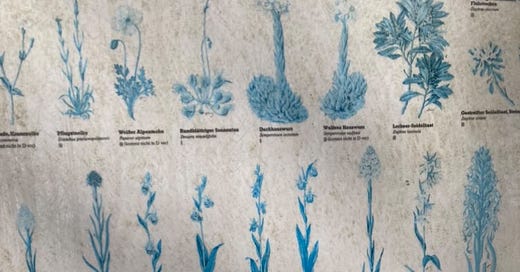


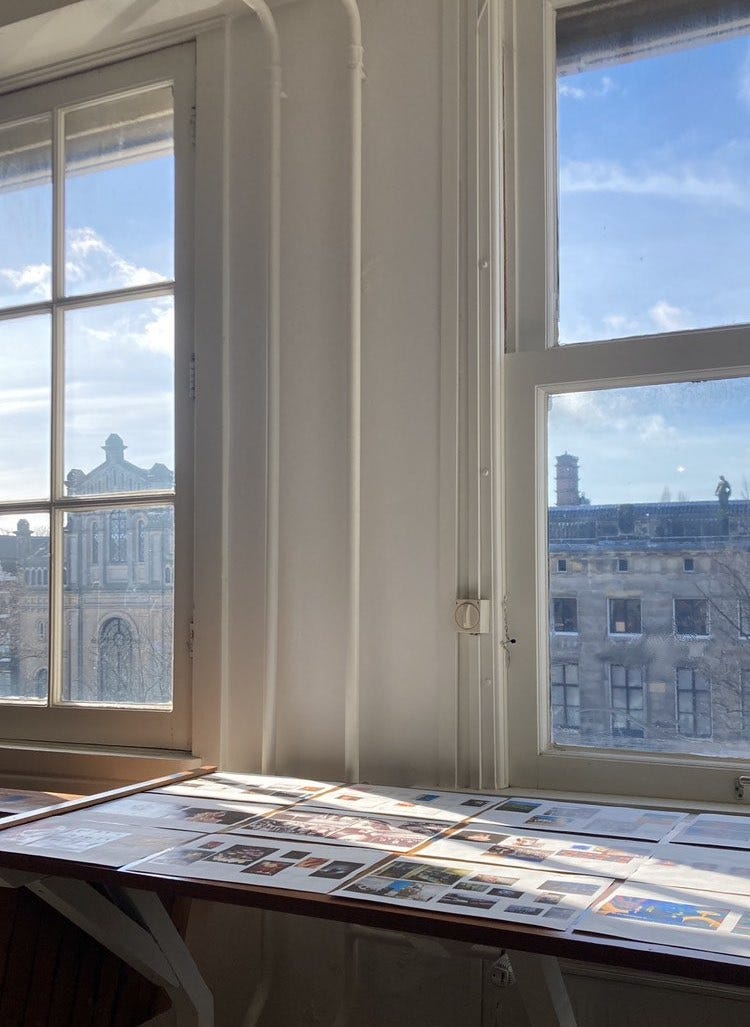

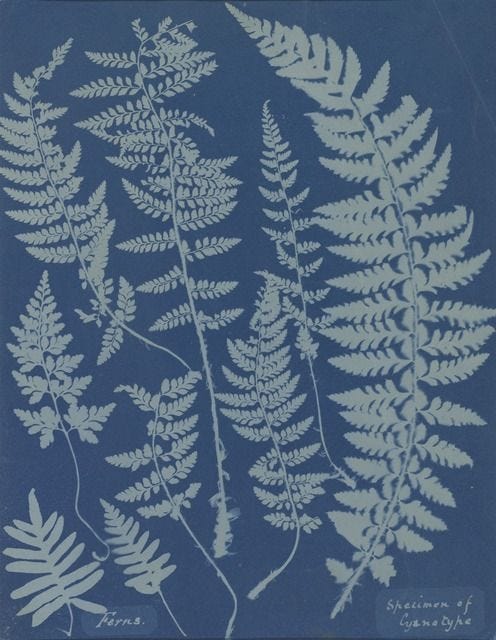


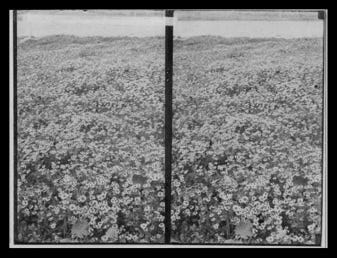
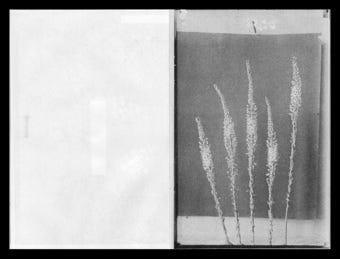
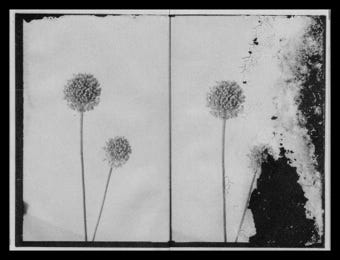

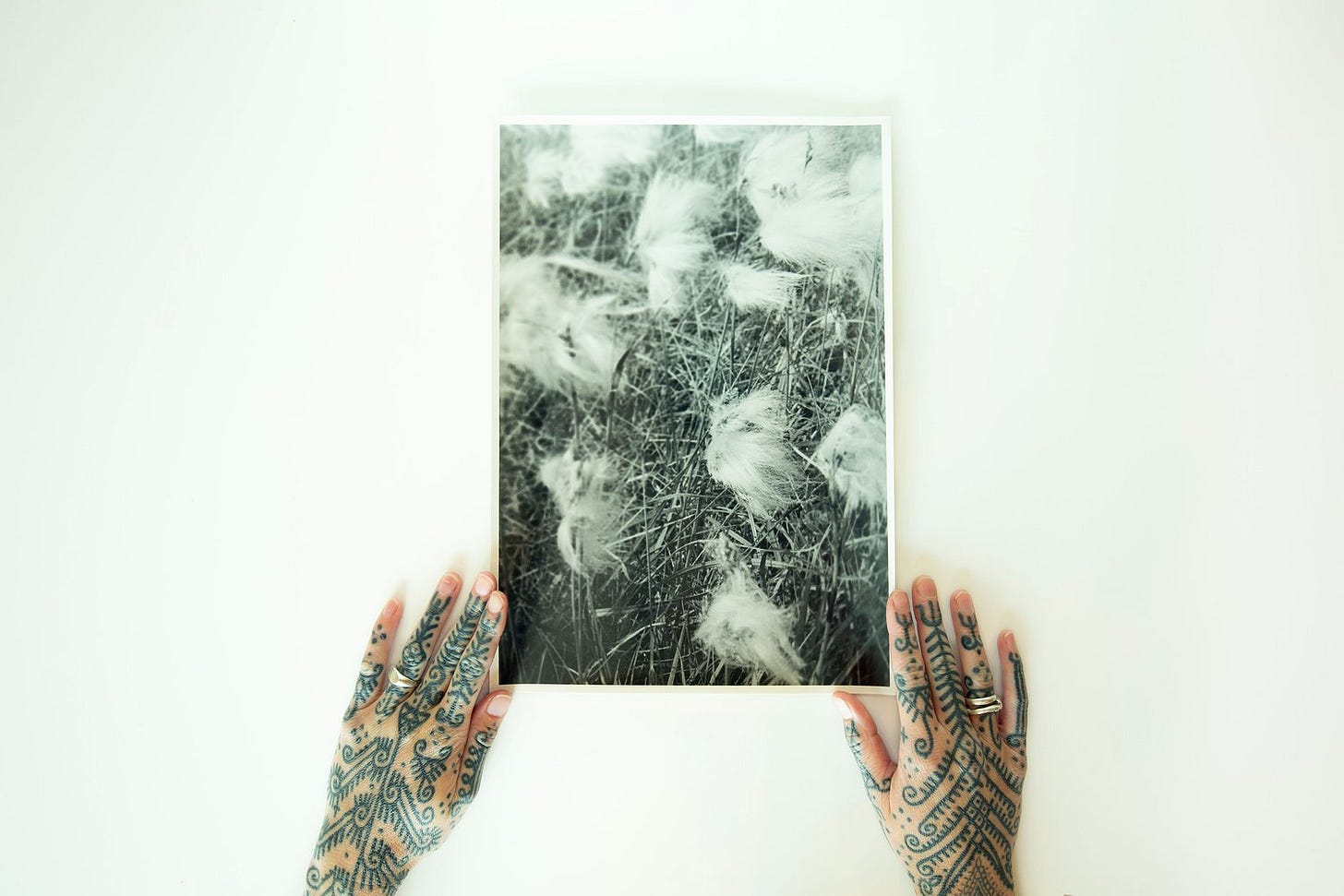
Großartig!
🌷 xx